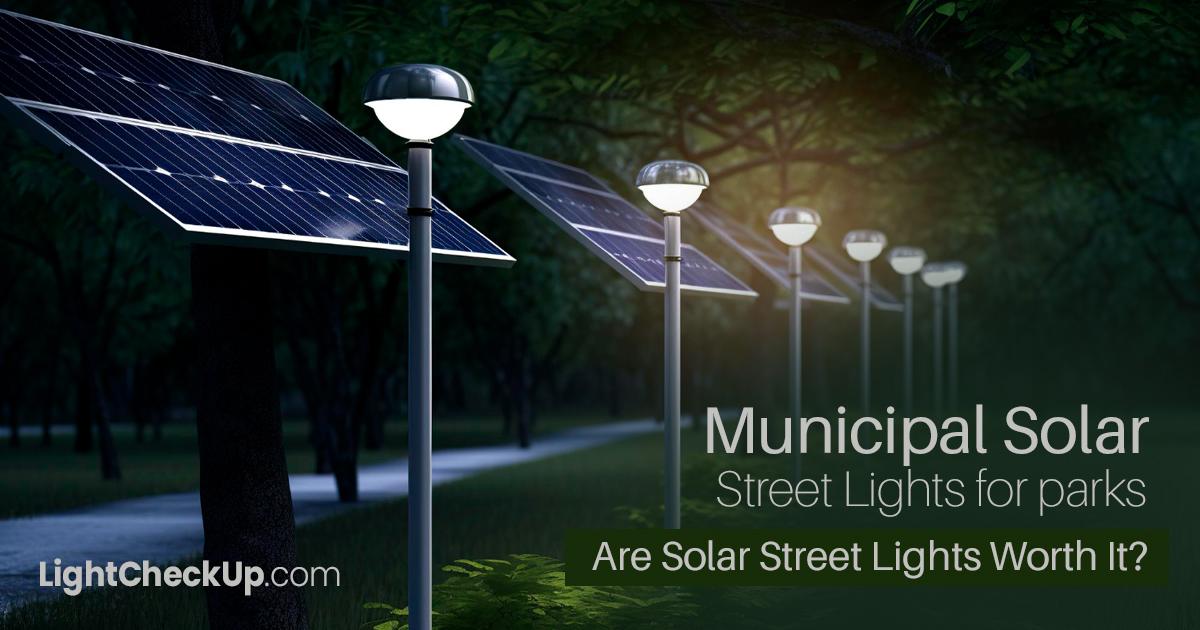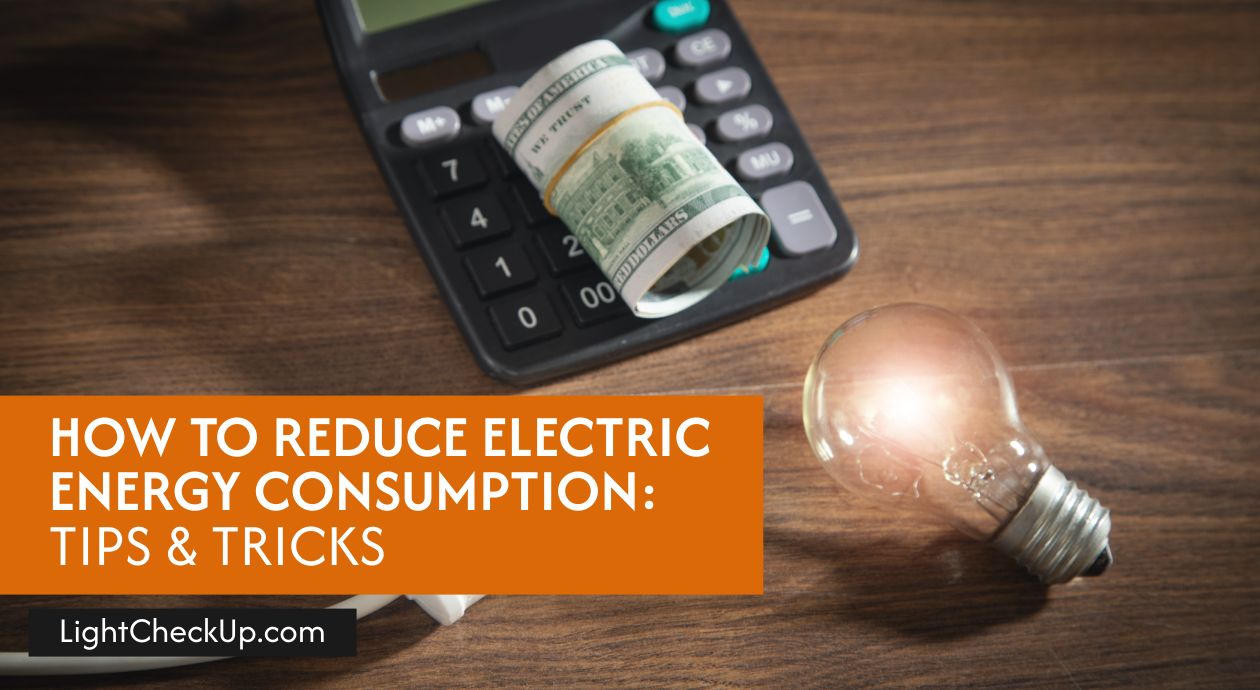In recent years, municipal solar street lights have shown their efficiency and sustainability. Since they’re popular, a question arises: Are solar street lights worth the investment?
As cities and towns explore this eco-friendly alternative, it’s crucial to look into the advantages and disadvantages of these systems.
In this blog, we’ll discuss municipal solar street lighting. We’ll look at their downsides, how they’re set up, and most importantly, are solar street lights worth it?
Let’s discover the world of solar street lights for public spaces.
What is the benefit of municipal solar street lights?
Municipal solar street lights go beyond trends; they’re smart and sustainable. They’re solar-powered, so they shine bright without draining the grid and keep you out of debt.
They’re tough too, weathering storms easily and requiring less fuss about maintenance.
Solar not only saves cities money, it’s also good for the planet, reducing carbon footprints. Plus, they keep streets safe during power outages. The lights are future-focused, environmentally friendly, and adaptable to a city’s changing needs.
Solar street lights are not just lighting the way; they’re leading cities towards a greener, more resilient tomorrow.
Why do municipalities go solar?
- Eco-Friendly and Cost-Effective: Solar lights cut energy bills and attract sustainability-minded residents. They’re a green choice with no carbon emissions, making them appropriate for environmentally conscious communities.
- Reliability During Power Outages: Solar lights work even if the power goes out. This makes them an excellent choice, especially in emergency or natural disasters.
- Flexible Installation: Solar lights can be set up almost anywhere without complex cabling. This flexibility is ideal for meeting specific lighting needs in various locations.
- Savings on infrastructure: Solar lighting saves you a lot. You don’t need to dig or trench, and there are no monthly electricity bills with solar lights.
Weaknesses of Solar Street Lights
Municipal solar street lights California have several benefits but also some drawbacks.
- The installation of solar street lights is usually more expensive than traditional lights.
- They might not perform well in winter if there is little natural sunlight.
- Batteries require replacement every 5 to 7 years. In addition, this adds to maintenance costs.
- Solar lighting technology is constantly improving, so today’s models might soon be outdated.
While solar street lights offer many advantages for public lighting, it’s critical to consider these challenges for effective and sustainable use.
Types of solar street lights
The world of Municipal Solar Street Lights comes in two main types, each suited for different needs. Let’s break them down:
Standalone Solar Street Lights:
These are the most common types. They’re completely independent and don’t need electricity. Each light has its own solar panel, battery, and lighting system.
They’re suitable for remote areas where connecting to the main power grid is tough. Plus, they’re great for reducing electricity costs.
Grid-Interconnected Solar Street Lights:
It uses solar power, but it’s also connected to the grid. If there’s not enough sunlight, they can use grid power. This type is suitable for places with less consistent sunlight, ensuring the lights stay on.
A stand-alone light is ideal for remote areas or to reduce electricity use, while a grid-connected light offers a constant source of light. You should choose based on the weather, location, and lighting.
Code for Solar Street Light
The HS Code 9405409000 plays a crucial role in facilitating international trade in solar lighting products. Here’s a breakdown of its significance:
What it represents:
- HS Code: The Harmonized System code is a global system for classifying traded goods.
- 9405: This is the chapter about lighting fixtures.
- 40: Refers to the heading within chapter 9405 specifically for lamps and lanterns.
- 9000: This is the subheading for lamps and lanterns powered by PV cells (photovoltaic cells).
Benefits of using HS Code 9405409000:
Simplified trade: Standard codes make it easy to identify and categorize solar lighting products during import and export procedures.
Accurate duties and taxes: The code ensures the consistent application of customs duties and taxes specific to solar lighting products, promoting fair trade practices.
Streamlined logistic: You can figure out the exact HS code, so documentation and labeling simpler.
Read Also: Solar Parking Lot Lighting Installation: Easy Setup And Fix [Read First]
Municipal Solar Street Lights: Are Solar Street Lights Worth It?
Take a look at how solar street lights work and their advantages to see if they’re a good investment:

- Long-Term Savings: Solar street lights may cost more initially, but they save a lot of money later on. They don’t need electricity from the grid and are cheaper to maintain, leading to big savings over time.
- Eco-friendly: These lights are great for the environment. They use solar energy, reducing greenhouse gases and supporting eco-friendly goals.
- Durable and Low Upkeep: Solar street lights are tough and handle rough weather. They also need less maintenance and last longer than regular street lights.
- Effective Lighting: LED technology provides bright, steady light. This makes public places like streets and parks safer.
- Independent Lighting Source: For areas without stable electricity, solar street lights are an excellent choice. They provide light without a power grid, which is extremely handy in remote places.
Read Also: Do You Know The 9 Amazing Benefits Of Solar Home Lighting Systems?
In conclusion, municipal Solar Street Lights offer more than just a way to light up streets. They are a smart choice for cities and towns for many reasons. As a result, our streets look better and save money.




















Average Rating